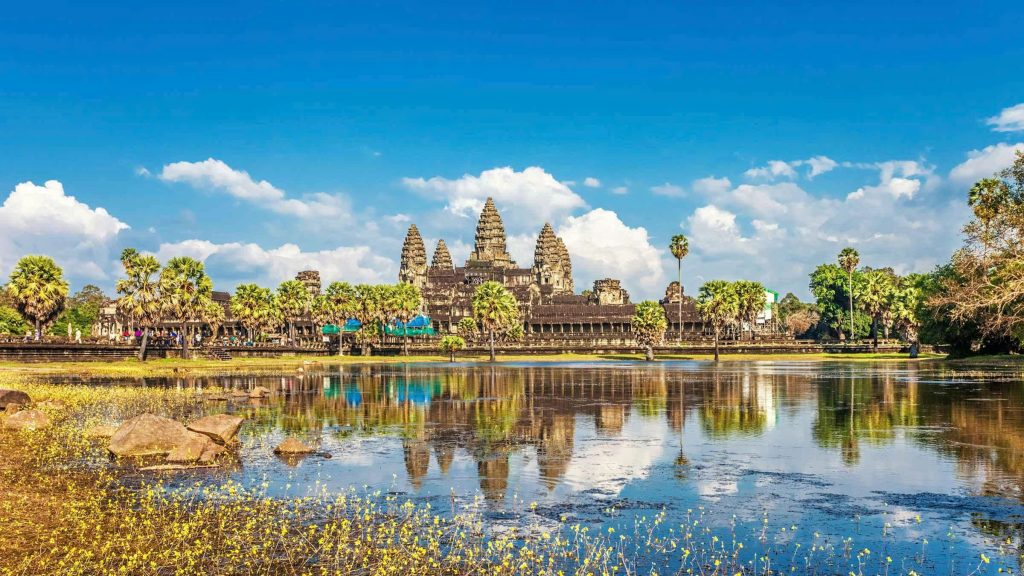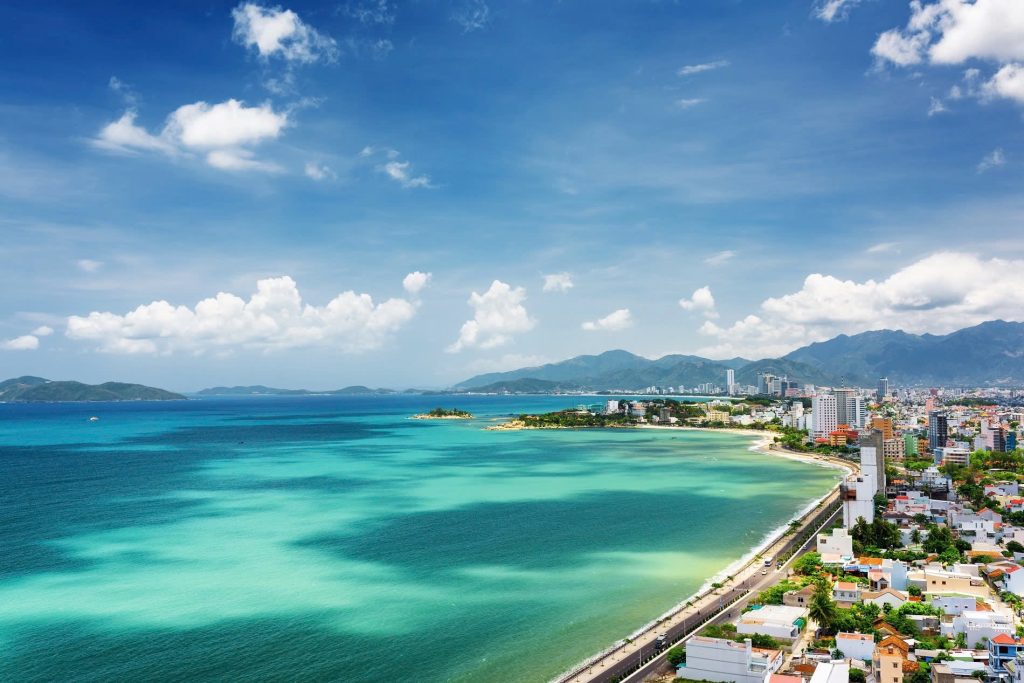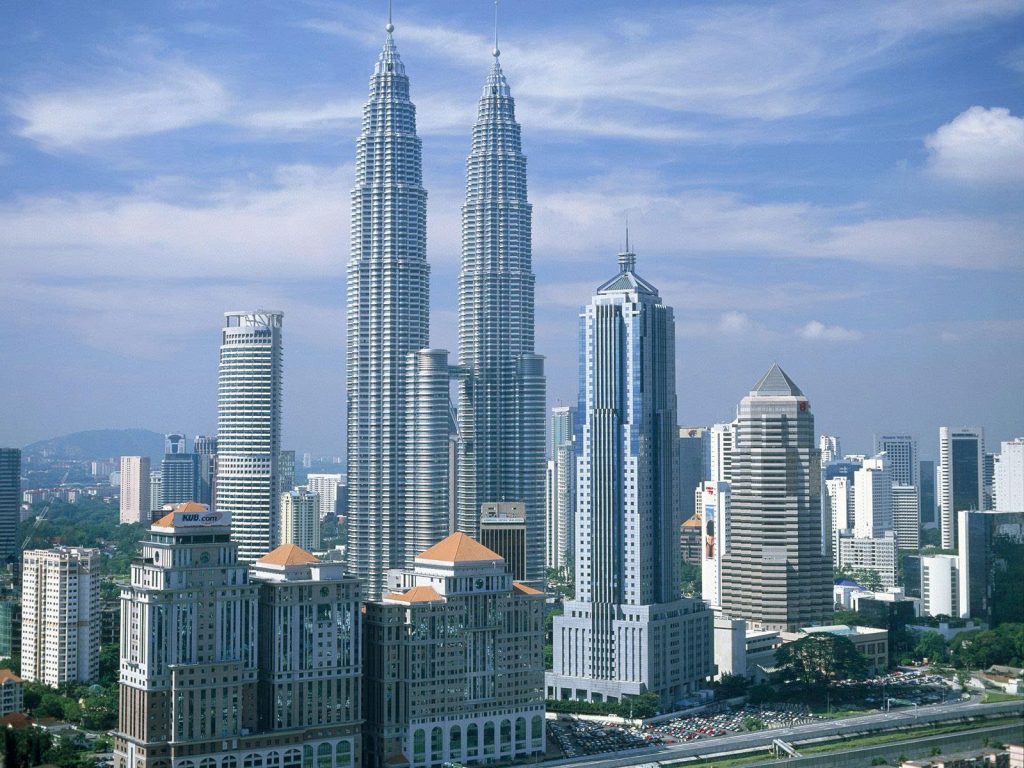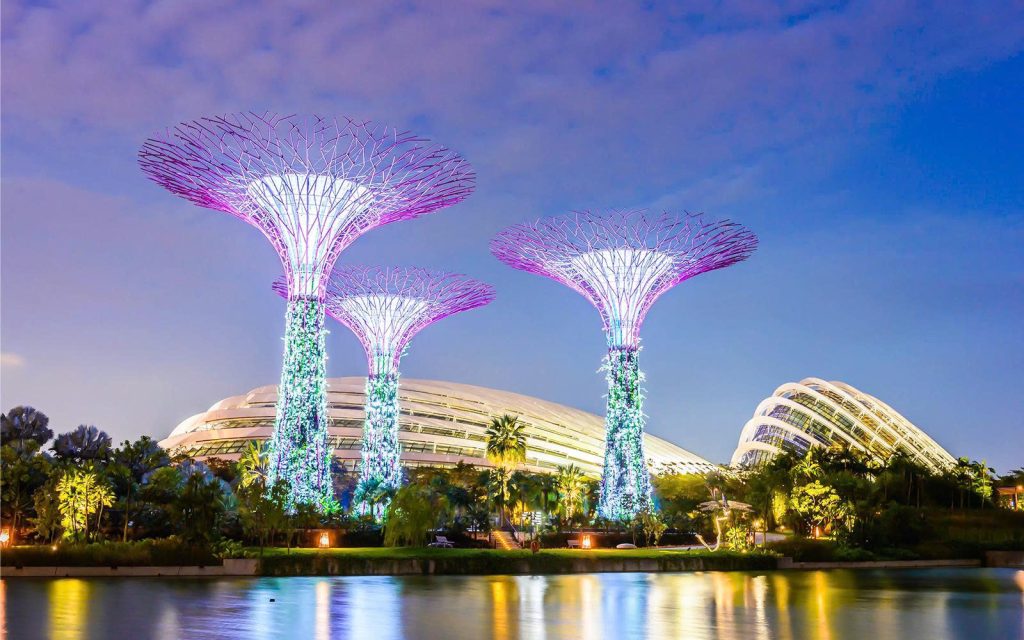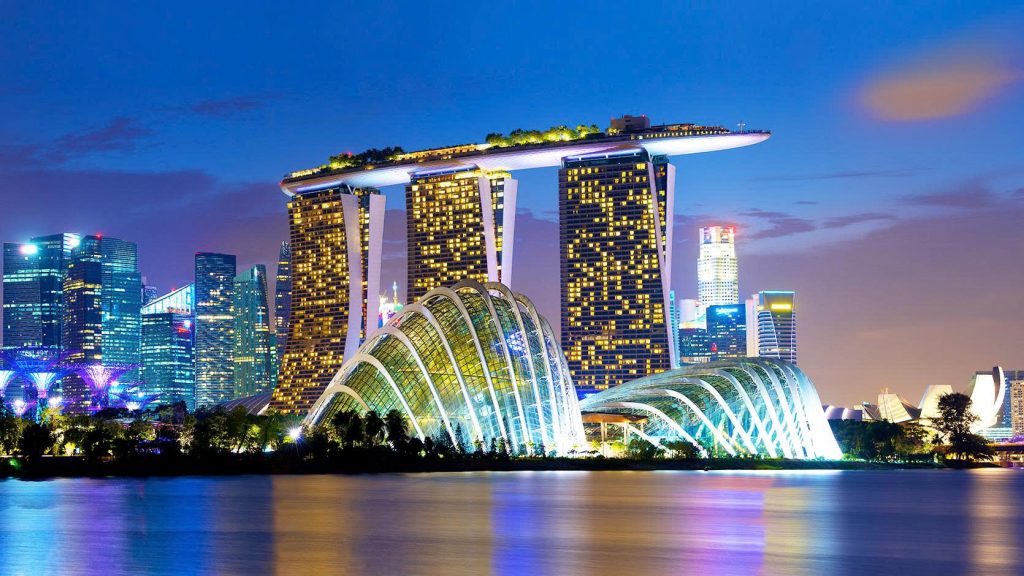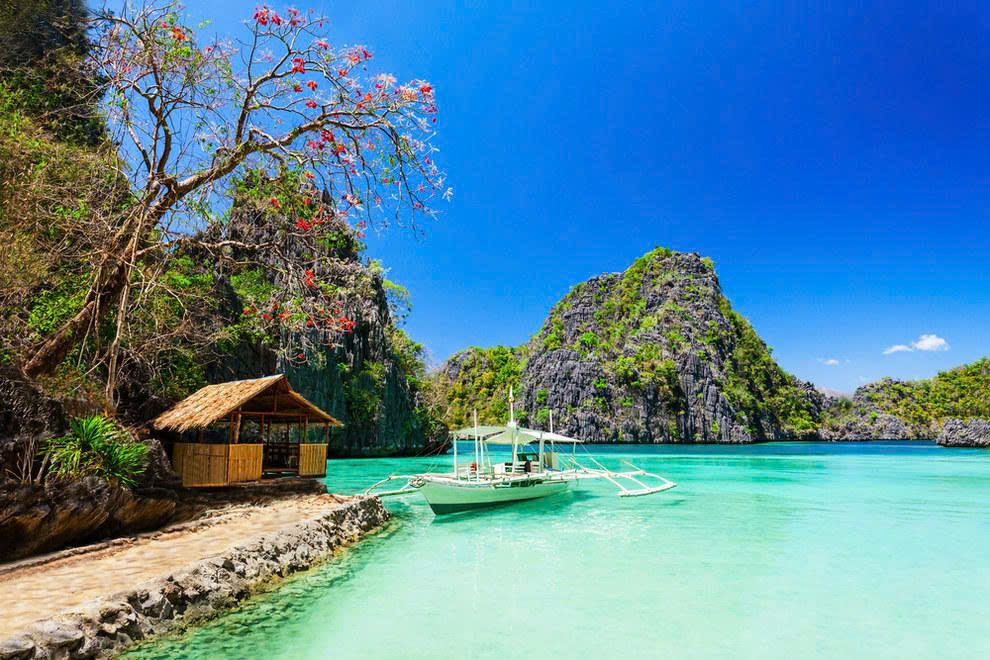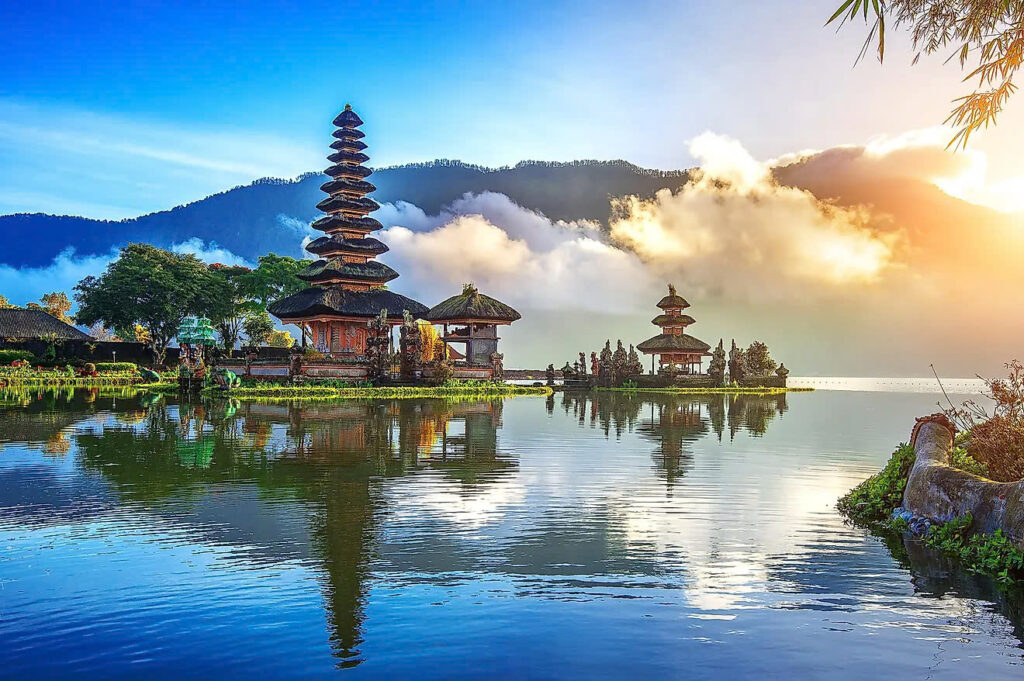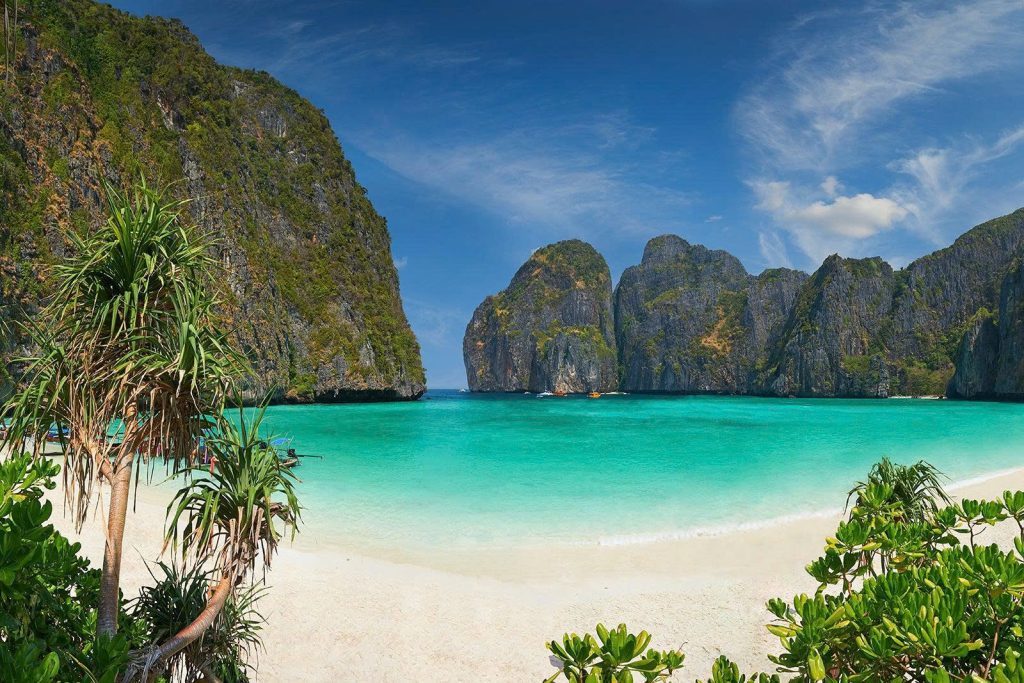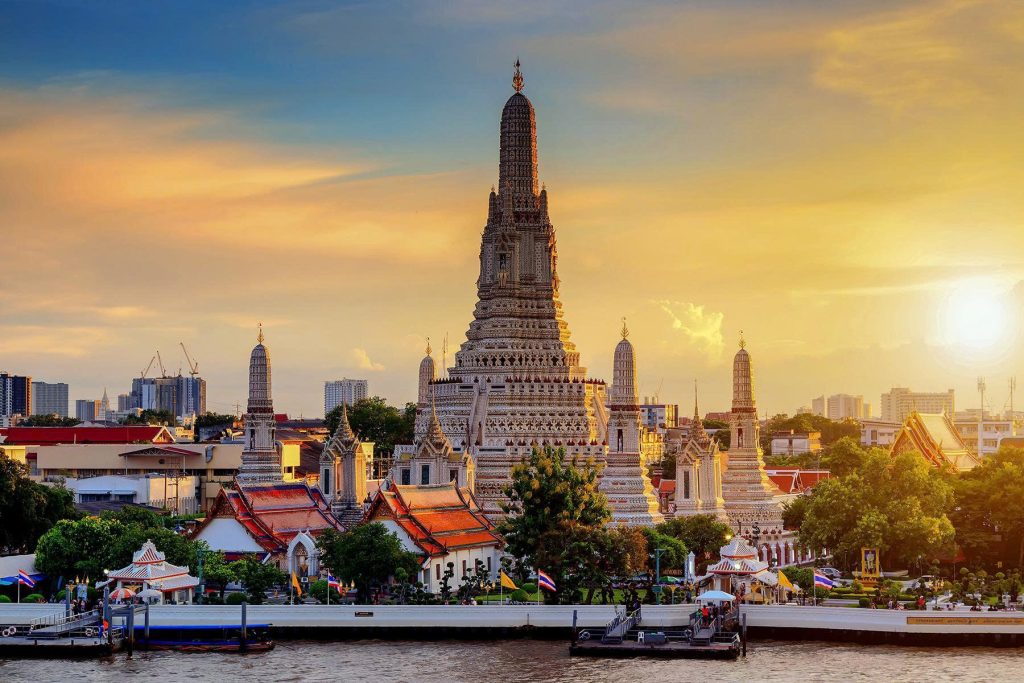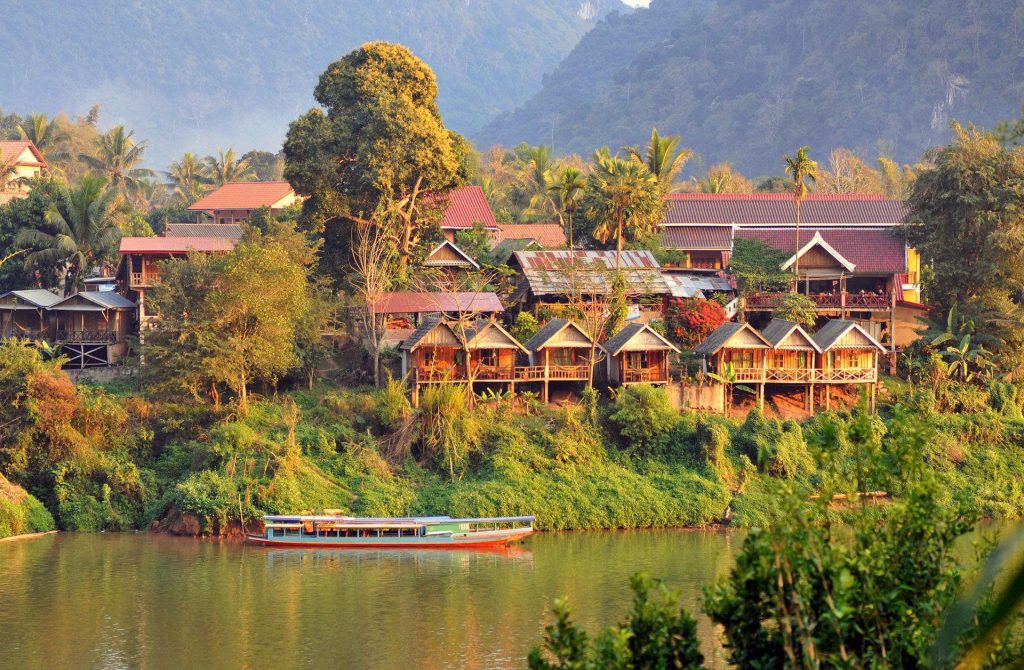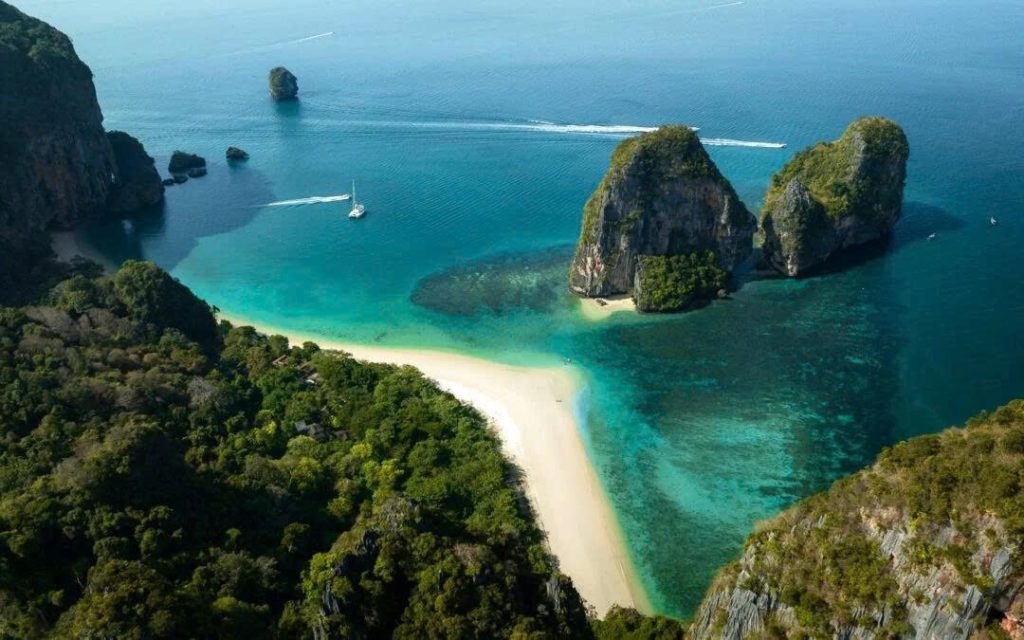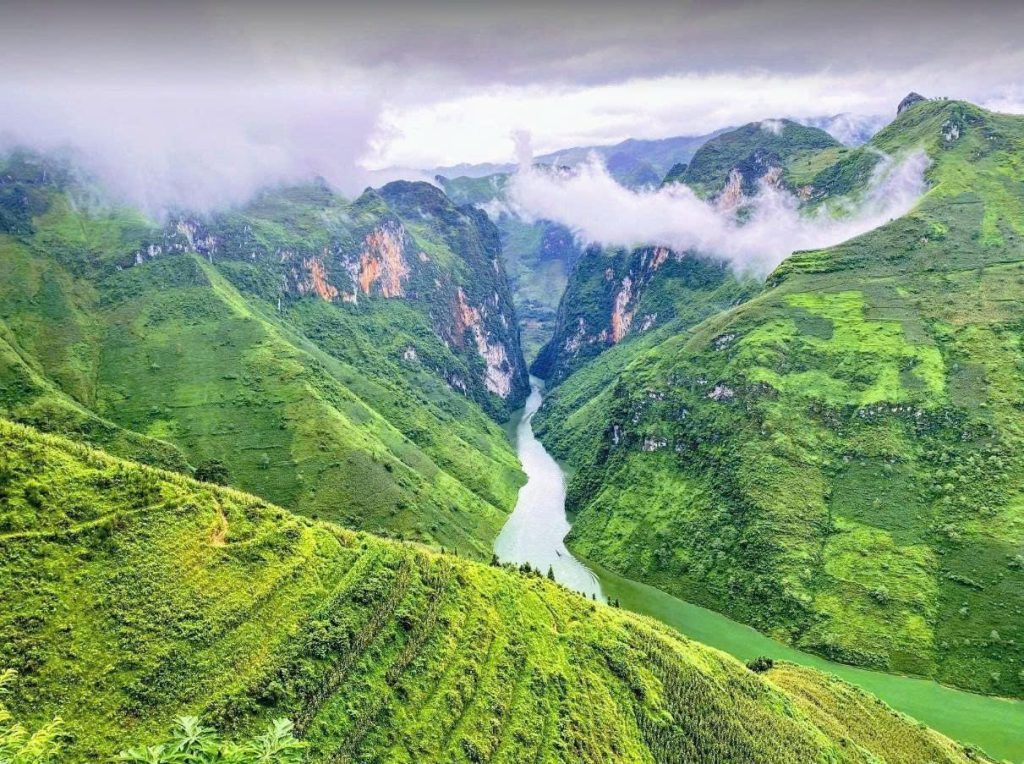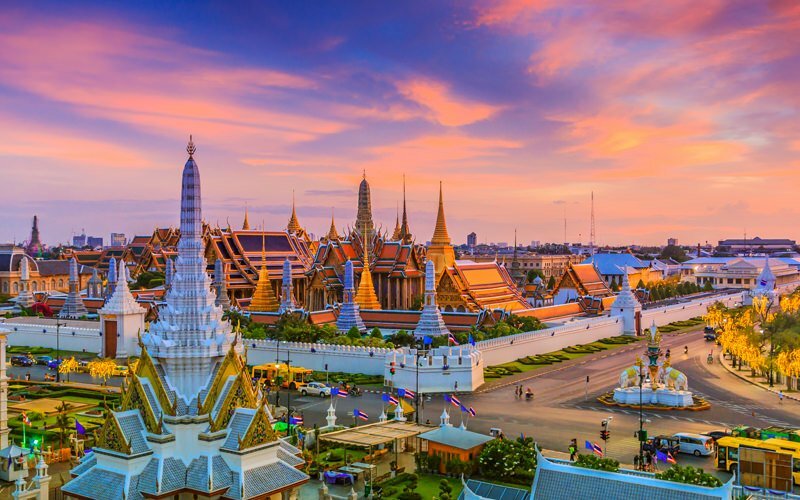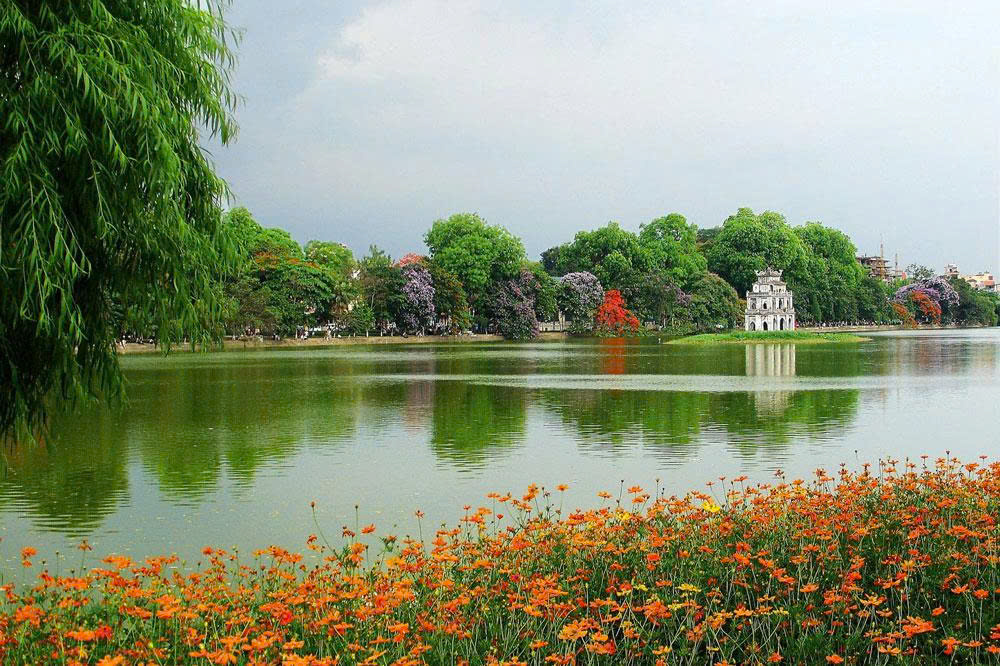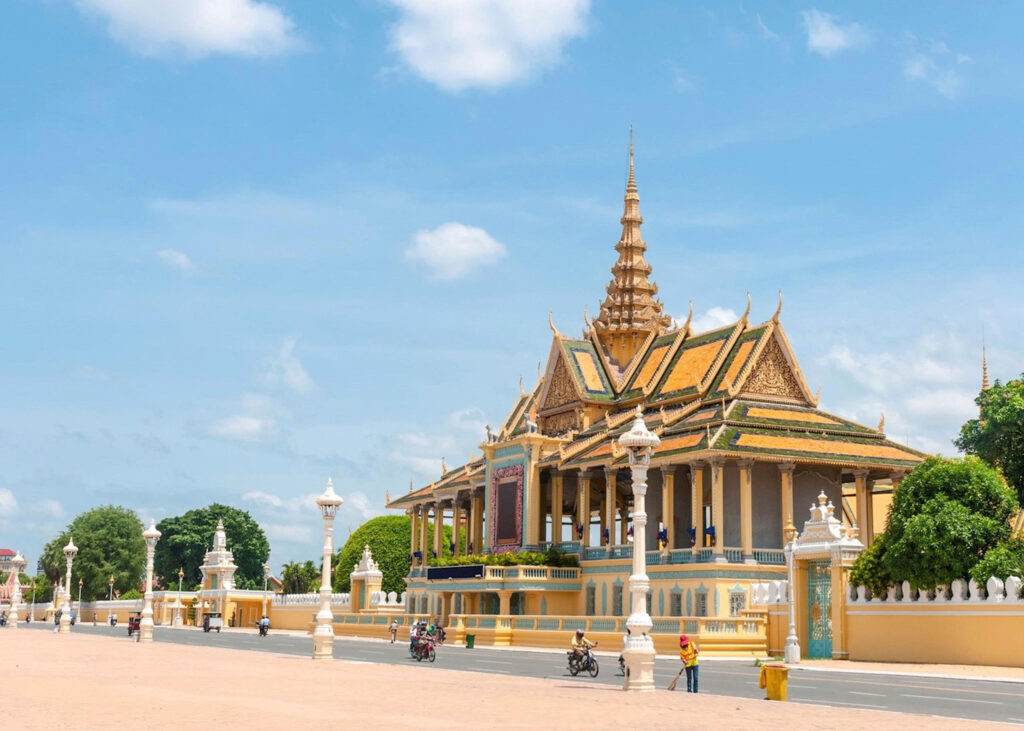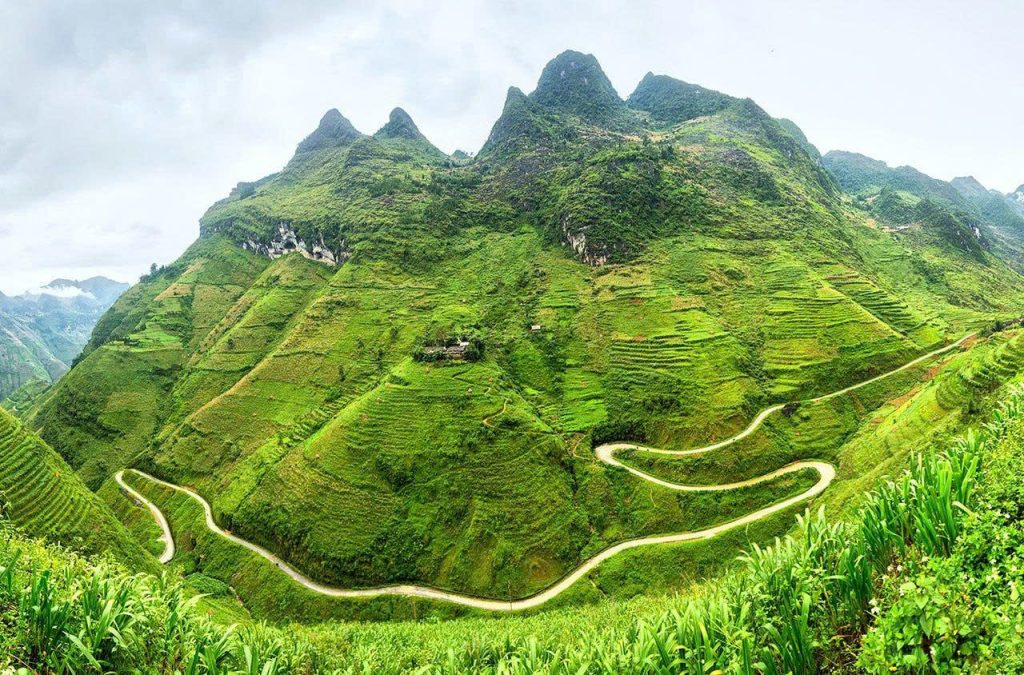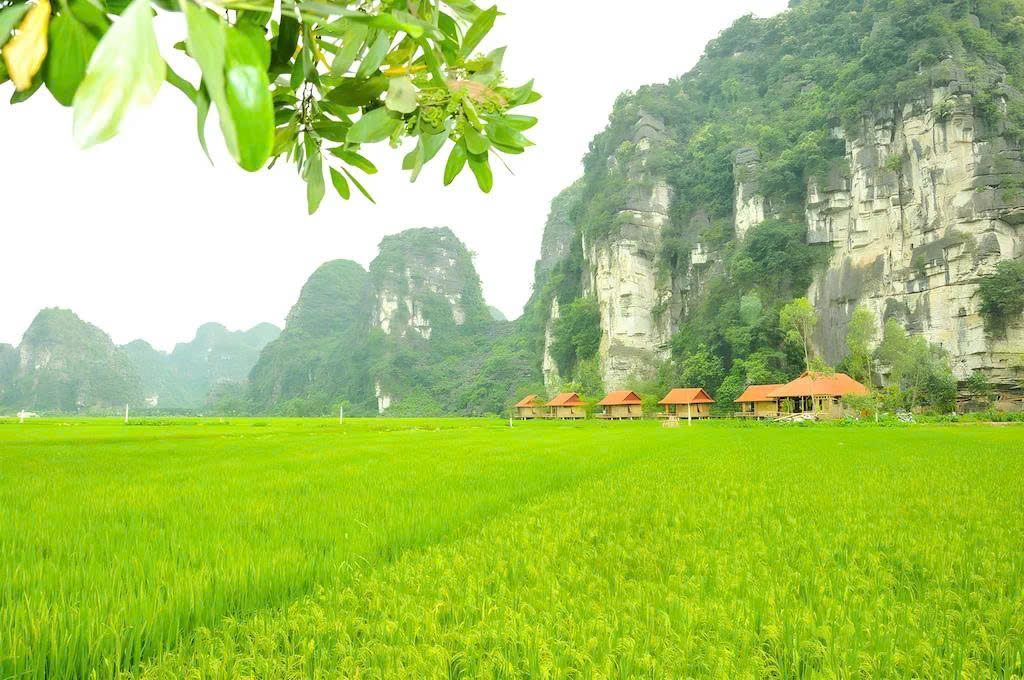Welcome to Cambodia, the Kingdom of Wonder. This Southeast Asian jewel offers a profound travel experience, blending ancient history, resilient culture, and stunning natural beauty. Whether you’re a history buff, a beach lover, or a curious traveler, this article provides everything you need to plan your adventure.
The Temple Circuit: Siem Reap
The Angkor Archaeological Park in Siem Reap is the starting point for nearly all travelers and is the beating heart of the ancient Khmer Empire. To fully appreciate this UNESCO World Heritage site, plan for a minimum of three days.
1. Witness Sunrise over Angkor Wat
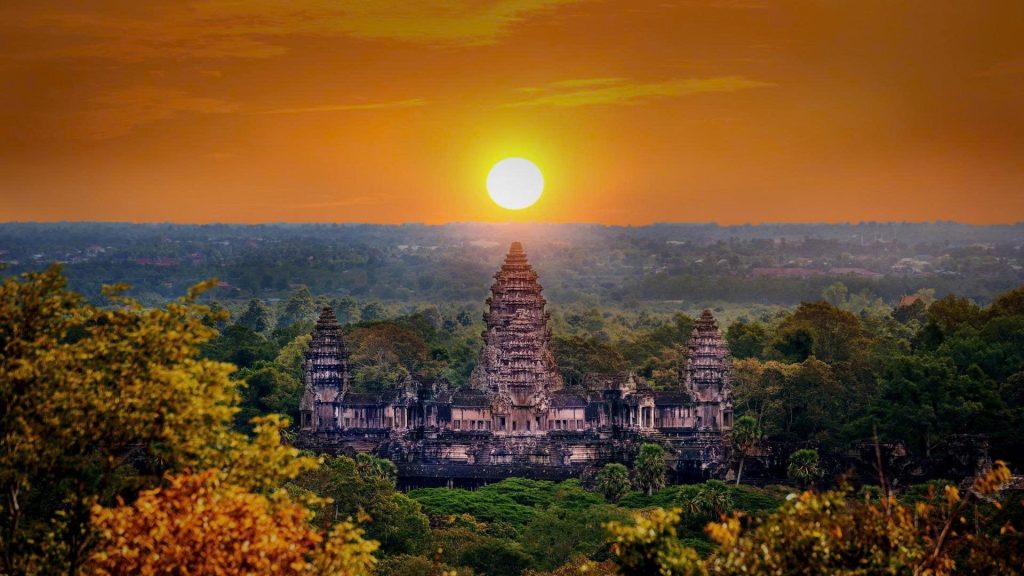
The single most famous Cambodian experience, and for good reason. Angkor Wat is the world’s largest religious structure and its majesty is unmatched. To secure a prime viewing spot and watch the sun cast its golden light over the magnificent central towers, you must arrive at the reflecting pond by 5:00 AM. This early wake-up call is absolutely worth the iconic photo and the sheer sense of scale. Beyond the sunrise, dedicate several hours to walking through the temple itself, studying the extensive bas-reliefs that depict Hindu myths and historical wars—a true testament to Khmer artistic prowess.
2. Explore Ta Prohm and the Jungle’s Embrace
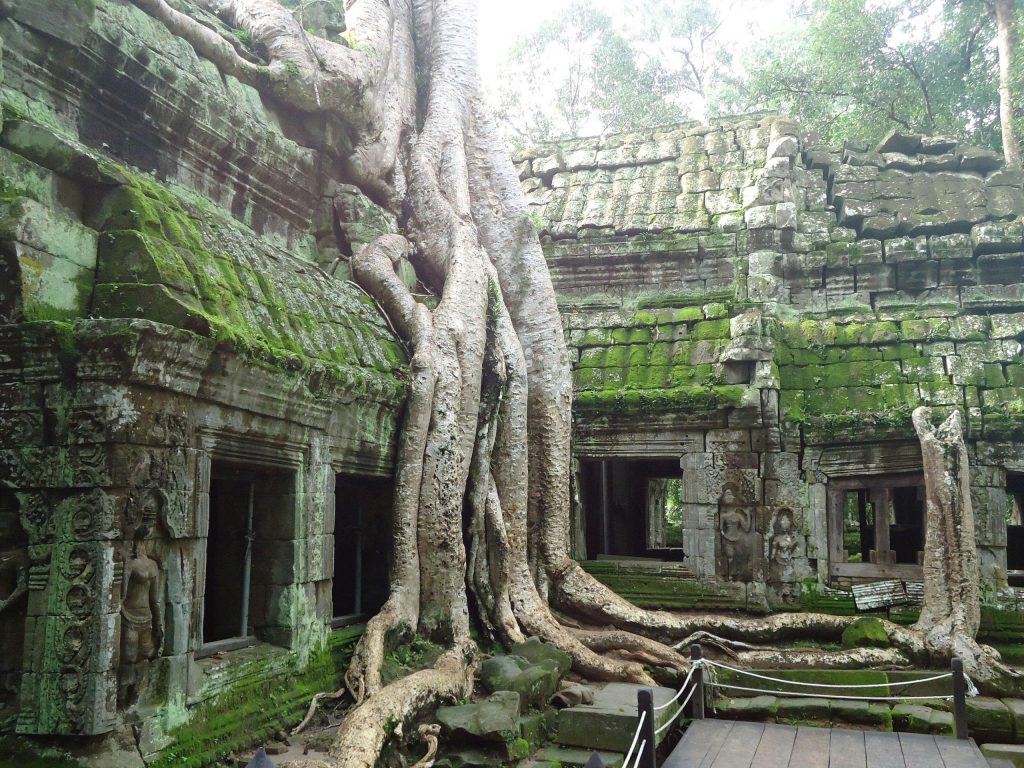
Known universally as the “Tomb Raider Temple” thanks to its use in the film, Ta Prohm is intentionally left partially unrestored. Here, the raw power of nature literally embraces history, as massive silk-cotton and strangler fig trees weave their roots over, under, and through the crumbling stone blocks. The experience is incredibly atmospheric and moody, making it the best spot in the complex to capture the romantic, wild feeling of ancient ruins slowly being reclaimed by the Cambodian jungle.
3. Marvel at the Bayon’s Smiling Faces
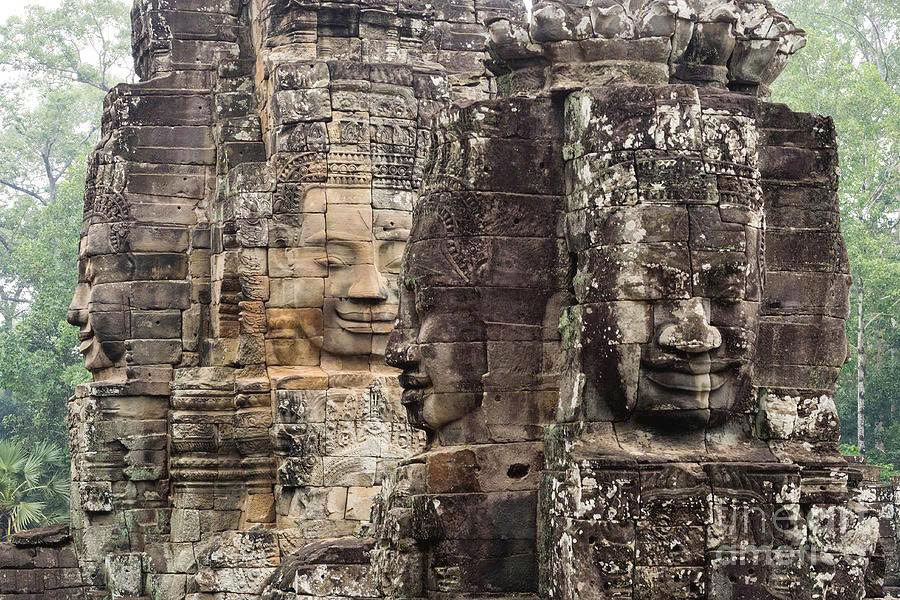
Venture into the center of the walled city of Angkor Thom to find the stunning Bayon temple. This unique structure is famous for its 200+ colossal, yet serene, smiling stone faces carved into its towers. These faces are believed to represent the Bodhisattva of Compassion and the powerful gaze of King Jayavarman VII. Walking among these towering, enigmatic smiles is an overwhelming experience that contrasts sharply with the precise geometry of Angkor Wat.
4. Take the Long Route to Banteay Srei
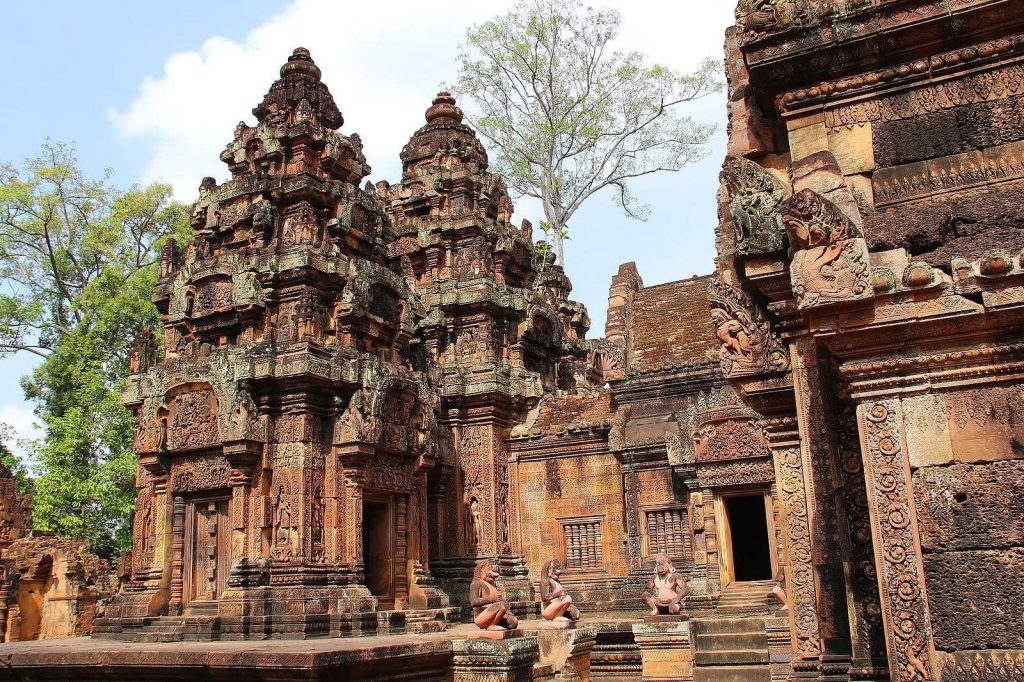
Often overlooked by hurried tourists, Banteay Srei (Citadel of the Women) is a 10th-century Hindu temple located about 25 km northeast of the main group. Its distance is its strength. Renowned for the extraordinary, delicate carvings in its striking pink sandstone, the reliefs here are considered the finest and most detailed in all of Khmer art. Its smaller scale, compared to Angkor Wat, makes the artistry feel incredibly intimate and refined. Hire a dedicated tuk-tuk or taxi for the half-day trip to appreciate this hidden jewel.
5. Cycle the Small Circuit for a New Perspective
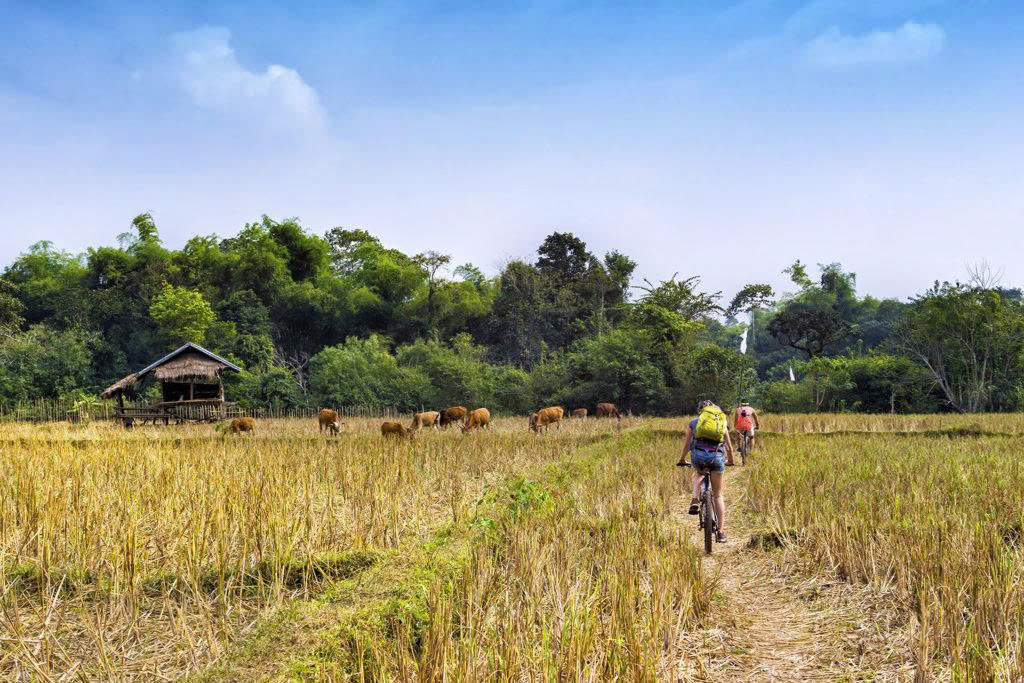
While most visitors rely on tuk-tuks, renting a quality bicycle ($1-$3 per day) and cycling the Small Circuit offers a profoundly different and more personal experience. It allows you to move at your own pace, stop spontaneously at smaller, quieter temples like Banteay Kdei, and truly immerse yourself in the temple grounds and the surrounding village life. This slow travel approach is the best way to avoid the large tour bus crowds and manage your time, especially during the cooler morning hours.
The Capital City: Phnom Penh
The bustling capital of Phnom Penh is a city of remarkable resilience, offering deep insight into the country’s painful past and its dynamic, vibrant present.
6. Reflect at the Tuol Sleng Genocide Museum
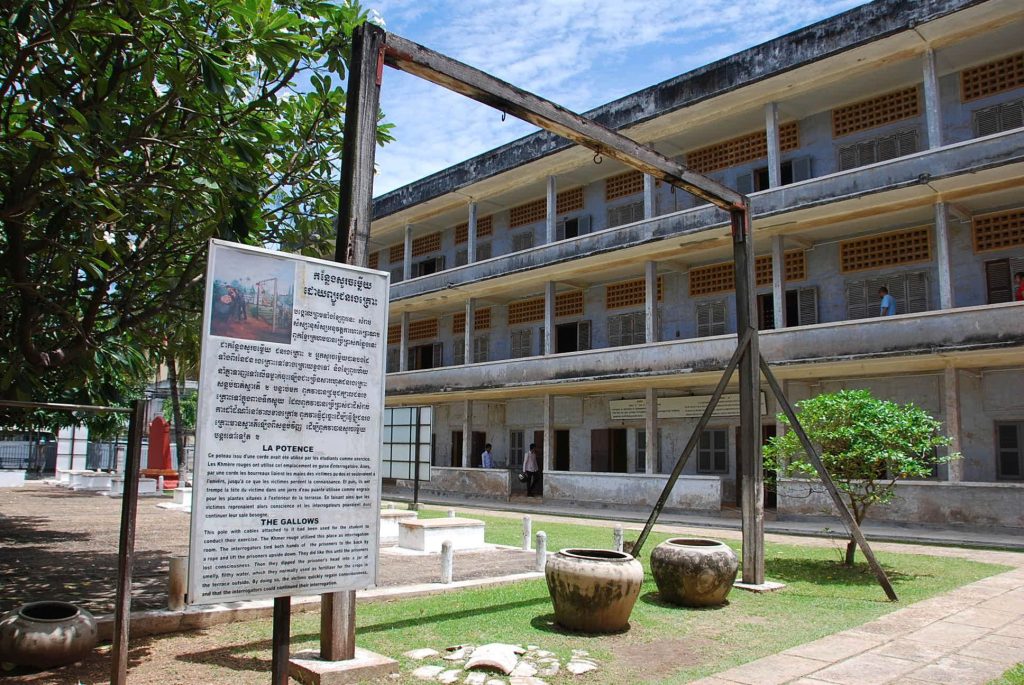
This is a truly challenging but absolutely essential visit for any traveler seeking to understand modern Cambodia. This former high school was converted into the notorious Security Prison 21 (S-21) by the Khmer Rouge regime. The museum preserves the stark, haunting remnants of the interrogation and detention cells. Taking the comprehensive audio tour is vital, as it provides the necessary historical context and survivor testimonies to fully grasp the atrocities that occurred here.
7. Visit the Killing Fields of Choeung Ek
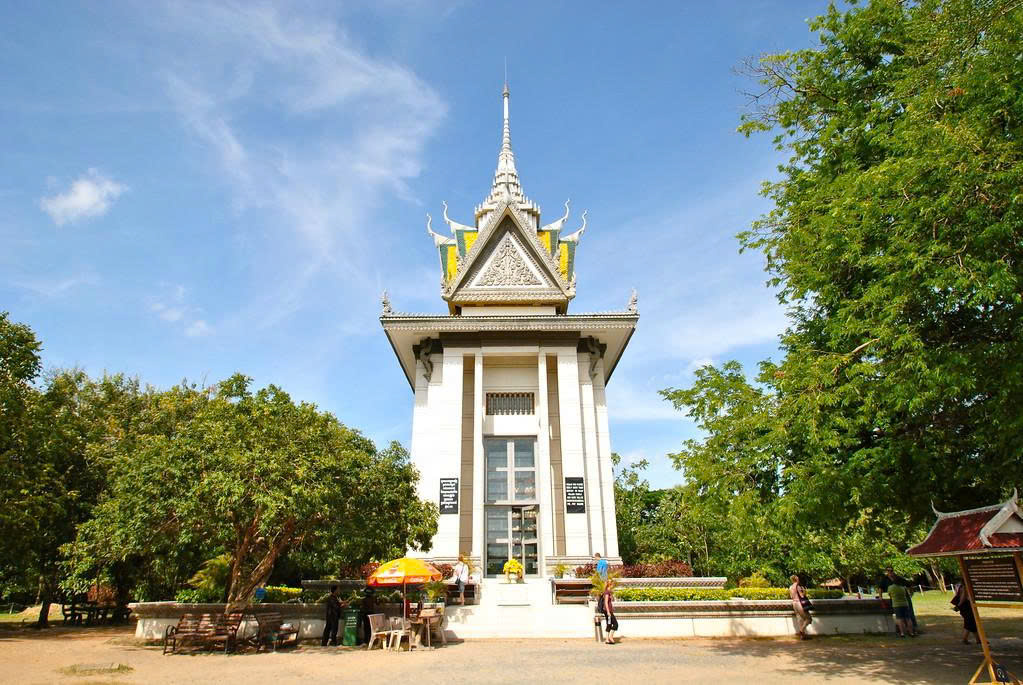
Located just outside the capital, the Killing Fields of Choeung Ek served as one of the main execution and burial sites for S-21 prisoners. Today, it stands as a powerful memorial site, marked by a Buddhist stupa filled with the skulls of the victims. Visiting Choeung Ek immediately after S-21 provides the complete, chilling context for Cambodia’s darkest period—the brutal genocide between 1975 and 1979. Allow time for quiet reflection after your visit.
8. Tour the Royal Palace and Silver Pagoda
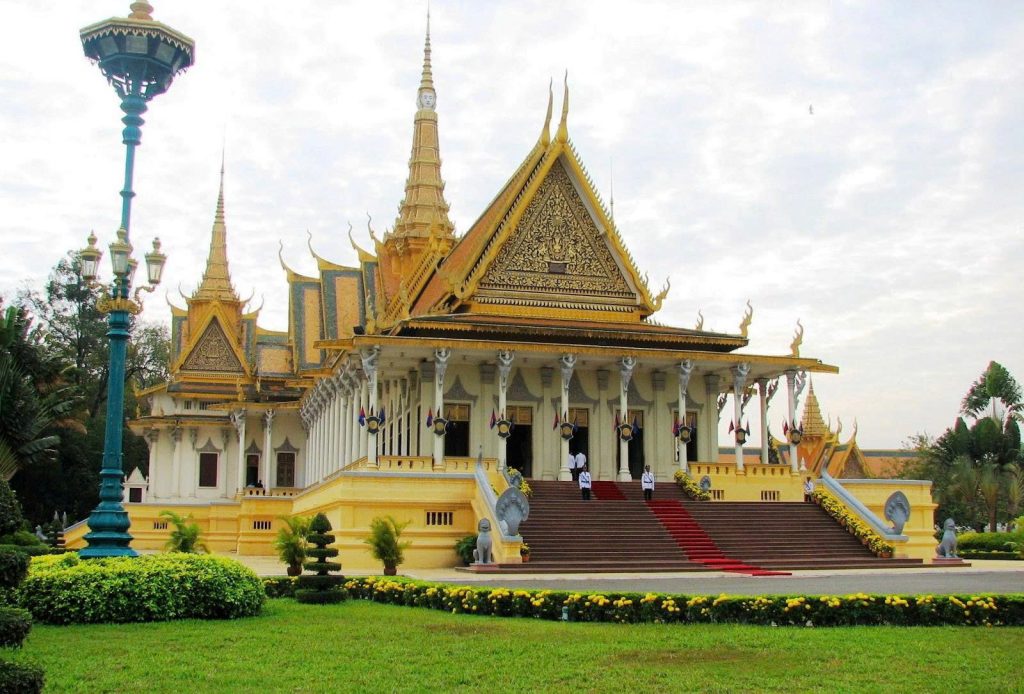
Explore the official residence of the King of Cambodia, a cluster of shimmering, gilded buildings that contrast starkly with the city’s history. The highlight is the Silver Pagoda (Wat Preah Keo Morakot), so named because its floor is paved with an estimated 5,000 silver tiles, each weighing over a kilogram. Inside, you can admire the famous life-sized solid gold Buddha statue adorned with thousands of diamonds. Remember the strict dress code: shoulders and knees must be covered.
9. Stroll Along Sisowath Quay
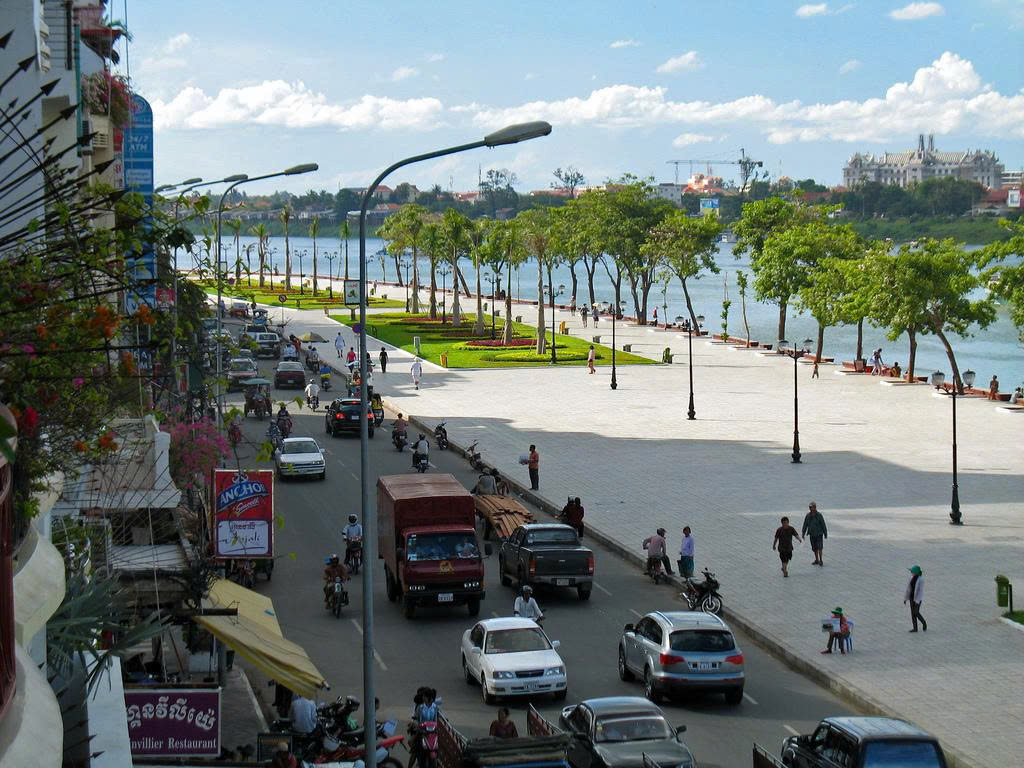
Enjoy the dynamic and vibrant atmosphere where the Mekong and Tonle Sap rivers converge. The lively promenade along Sisowath Quay is perfect for an evening walk as locals gather to socialize, exercise, and eat. The area is lined with excellent bars, cafes, and restaurants, making it the best place for enjoying local street food while watching the stunning sunset over the water.
Coastal Charm and Nature
Cambodia’s south coast provides beautiful beaches, gourmet food, and a much slower, tranquil pace of life away from the big cities.
10. Relax on Koh Rong Samloem
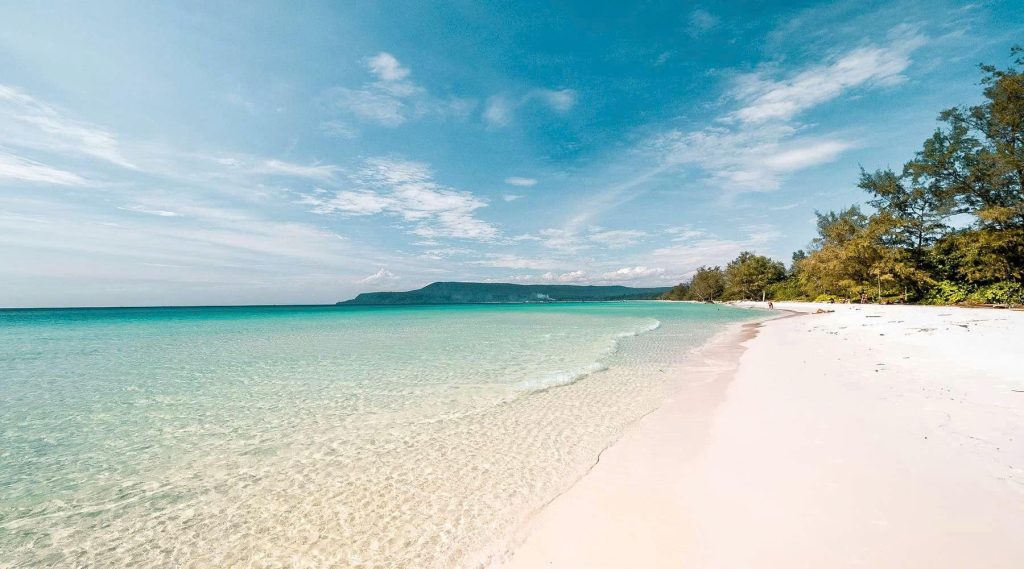
If you’re seeking a true tropical paradise, head to Koh Rong Samloem. This island is the quieter, more pristine alternative to the bustling Koh Rong. Head to Saracen Bay for its sweeping white sands and turquoise waters, or find peace at the more secluded Lazy Beach. The island’s laid-back atmosphere, limited infrastructure, and untouched natural beauty make it the ideal place for swimming, sunbathing, and simply disconnecting.
11. Taste the Famous Kampot Pepper
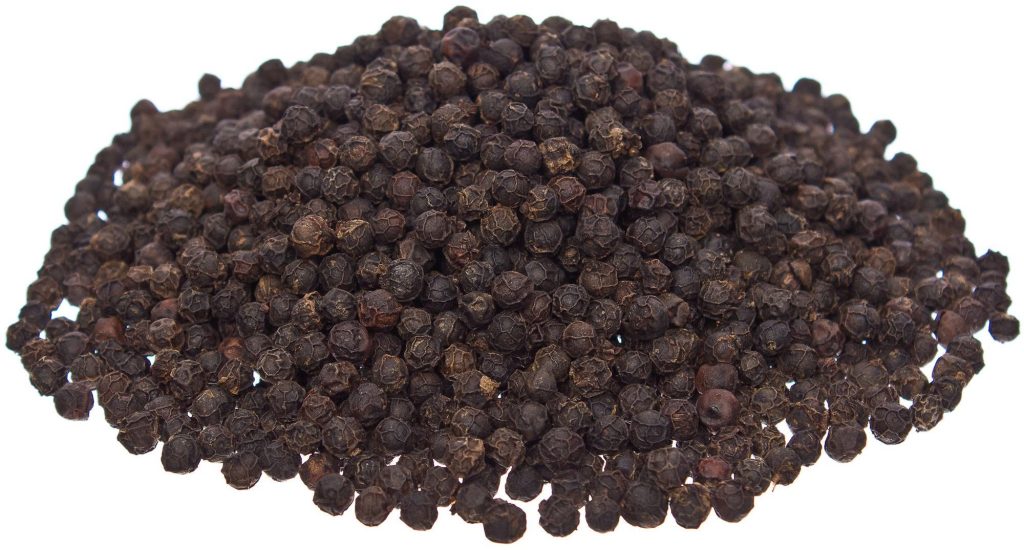
Travel to the charming riverside town of Kampot, famous worldwide for its pepper. Take a guided tour of a working Kampot pepper farm (such as La Plantation or Farm Link). You will learn firsthand about the meticulous cultivation and harvesting processes that make this spice one of the world’s most sought-after gourmet ingredients. The tour usually culminates in a complimentary tasting, allowing you to distinguish the flavor profiles of black, red, and white pepper.
12. Feast on Fresh Crab at the Kep Market
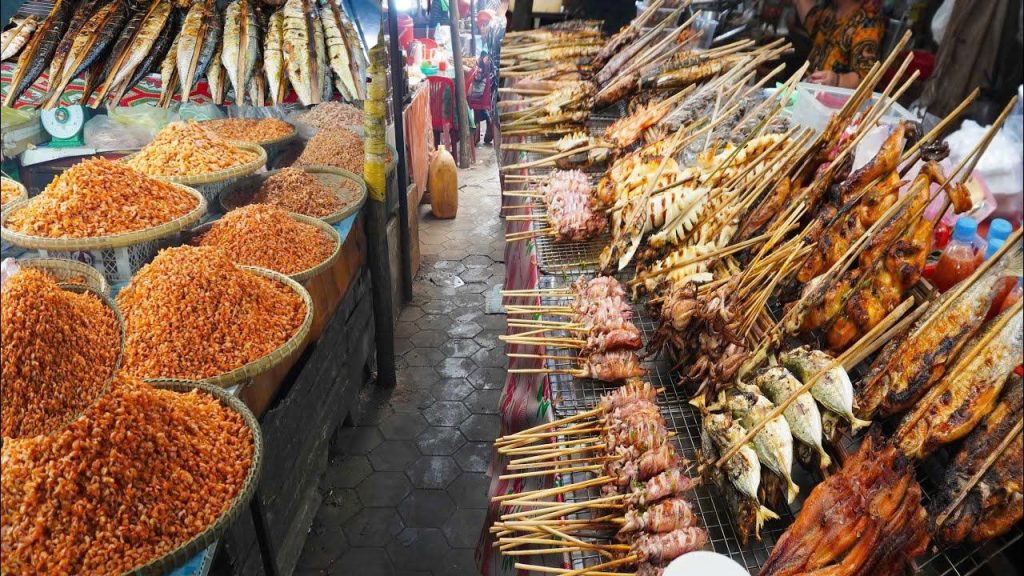
The small coastal town of Kep is famous for one thing: its lively Crab Market. Local fisherwomen bring their daily catches right onto the beach, where you can buy live crabs and have them cooked instantly by nearby stalls. This culinary experience is essential—don’t leave without ordering a dish of the incredibly fresh crab cooked with local green Kampot pepper and a squeeze of lime. The combination of sweet crab and pungent pepper is a Cambodian delicacy.
Culture, Food, and Unique Activities
13. See the Phare Cambodian Circus
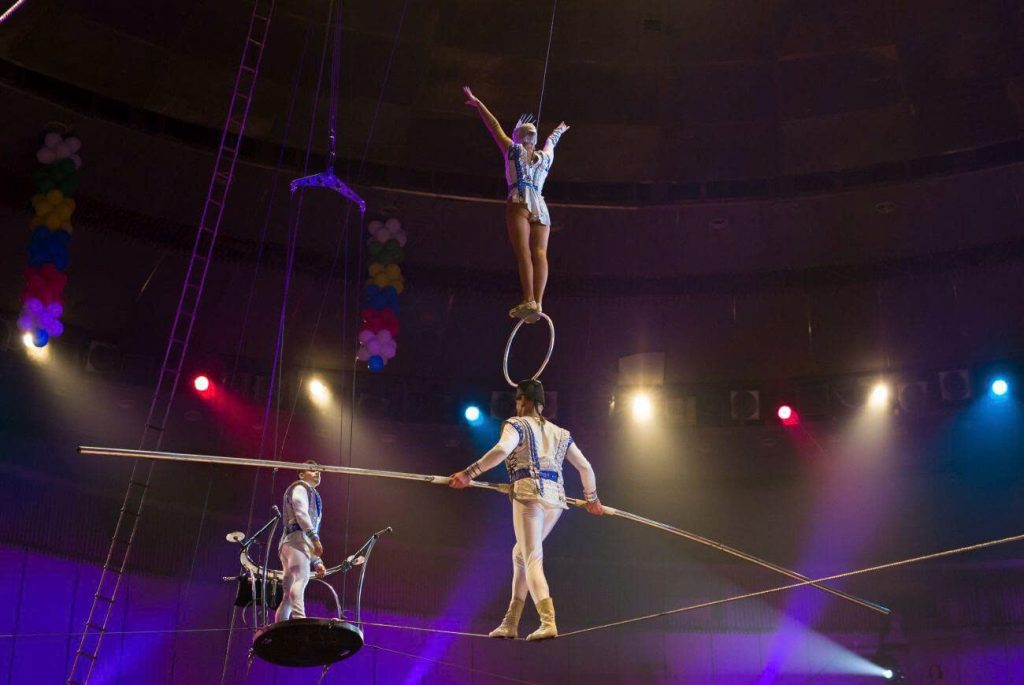
Located in Siem Reap, the Phare Cambodian Circus is much more than entertainment. It is an ethical social enterprise that supports the education and training of youth from vulnerable backgrounds in the arts of acrobatics, theatre, and music. The high-energy, must-see performance tells poignant Cambodian stories through dazzling skill and emotion, providing a responsible and highly rewarding way to spend an evening.
14. Take a Khmer Cooking Class
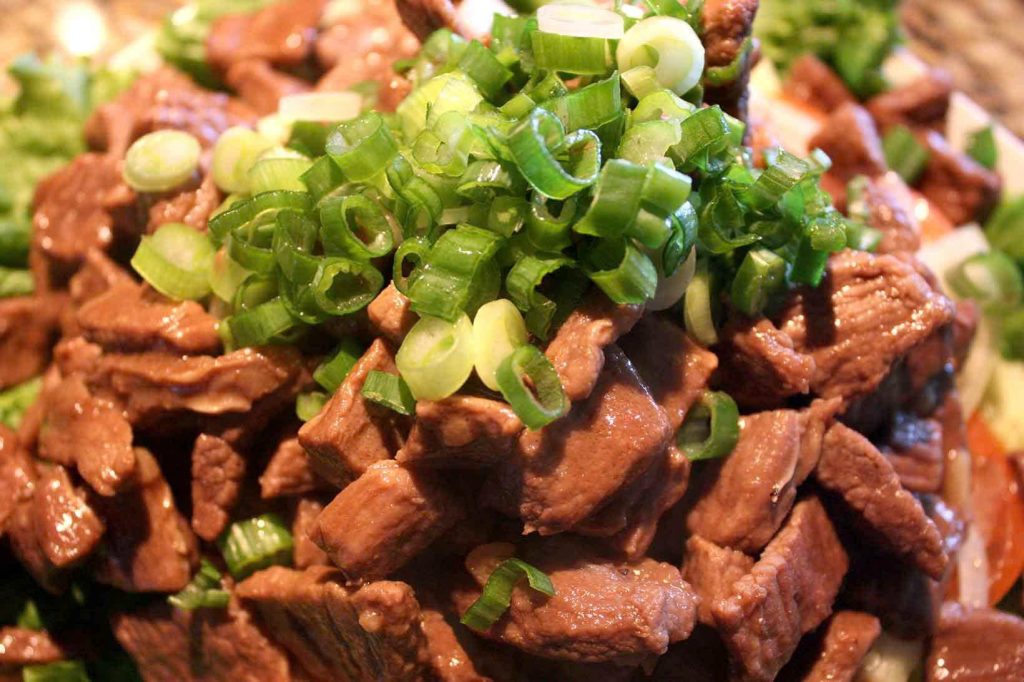
Immerse yourself in the local cuisine by taking a Khmer cooking class in either Siem Reap or Phnom Penh. You will visit a local market to source fresh ingredients before learning to prepare classic dishes like the beloved Amok (a mild fish curry steamed in a banana leaf cup) or Lok Lak (tender stir-fried beef served over a bed of fresh lettuce). It’s a fun, hands-on way to engage with the culture and bring a delicious new skill home.
15. Search for Irrawaddy Dolphins in Kratie
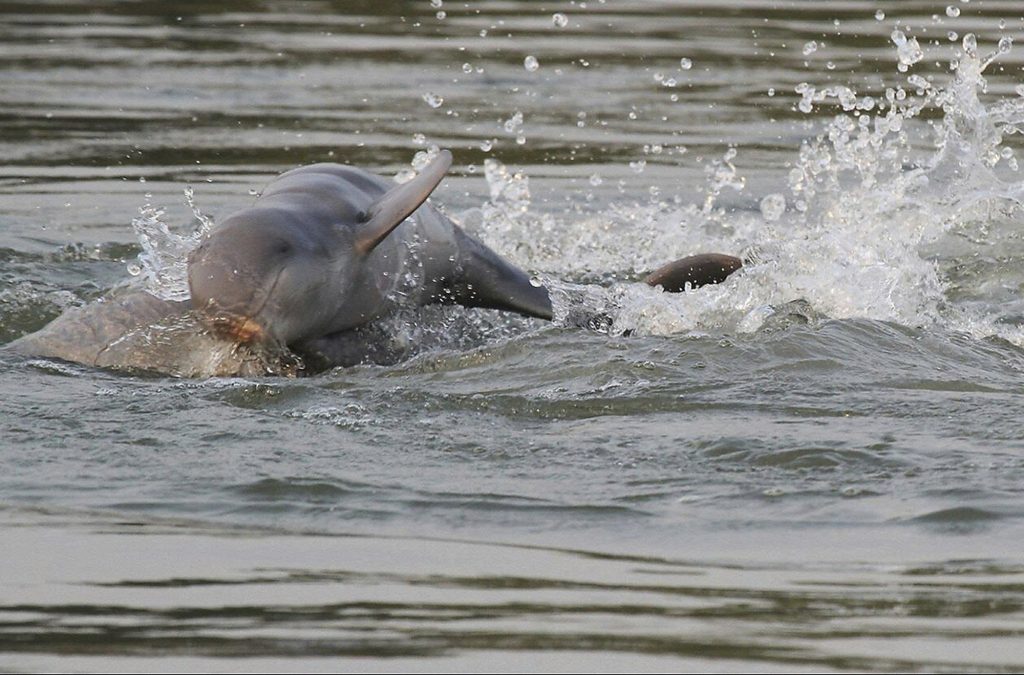
For a truly unique wildlife encounter, travel to the peaceful town of Kratie on the Mekong River. This area is one of the last remaining sanctuaries for the endangered, gentle Irrawaddy dolphins. Hire a local boat driver to take you out onto the river at sunrise or sunset for the best chance of spotting these magnificent, rare mammals in their natural habitat. This remote adventure highlights Cambodia’s rich biodiversity beyond its historical sites.
Practicalities and Currency
- Currency Confusion Solved: Cambodia operates on a dual currency system. The US Dollar (USD) is the primary currency for almost all transactions (hotels, large purchases, meals). The local Riel is used for small change (amounts under $1). Always carry small USD bills ($1, $5).
- Visa Procedure: Most tourists require a visa. Obtain an E-Visa online before arrival for the fastest entry at major airports (Phnom Penh, Siem Reap), or get a Visa on Arrival at the border/airport.
- Tipping Culture: Tipping is not mandatory but is greatly appreciated due to low wages. Rounding up your bill, leaving $1-$2 for tuk-tuk drivers, or 10% for excellent service at restaurants is customary.
Safety, Health, and Ethical Travel
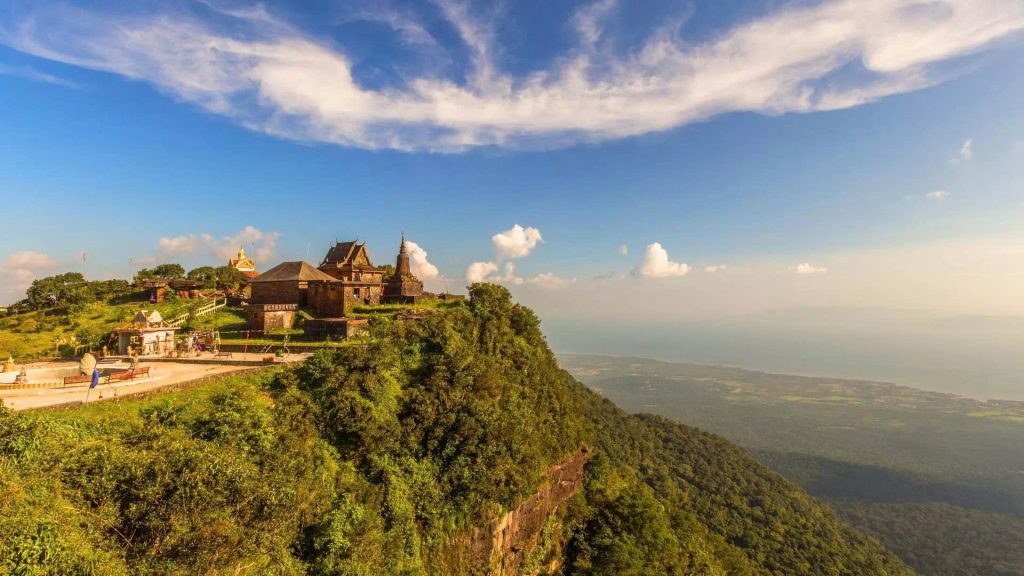
- Temple Dress Code (Respectful Travel): This is non-negotiable at sacred sites like Angkor Wat. Appropriate dress, covering the shoulders and knees, is required out of respect for the site. Failure to comply may result in denied entry.
- Water Safety: Do not drink tap water. Stick to bottled water. Using a water filter bottle (like LifeStraw or Grayl) is an excellent, eco-friendly way to save money and reduce plastic waste.
- Crime Prevention: Street crime, especially phone and bag snatching by motorcyclists, is a major concern in Phnom Penh. Walk with your bag away from the street and do not use your phone while walking near traffic.
- Landmines: Stay on marked paths, especially in remote areas near the Thai border. Landmines and unexploded ordnance (UXO) are still present in unmarked areas.
How to Get Around
- Long-Distance: For comfort and reliability, use reputable bus companies like Giant Ibis for trips between Phnom Penh, Siem Reap, and Sihanoukville.
- City Transport: The tuk-tuk is king. Use the ride-hailing app PassApp (or Grab) for fixed, transparent pricing. Always agree on a price before starting your journey if you hail a tuk-tuk on the street.
- Airport Transfers: Pre-booking a taxi or using the PassApp/Grab airport option is usually cheaper and less stressful than using the official airport taxi stand.
RELATED: Travel Southeast Asia for 1 Month on a Budget: $1000 Challenge
Cambodia is a destination that demands presence. The sheer scale of Angkor Wat will satisfy your architectural curiosity, but it is the powerful history learned at Tuol Sleng and the genuine warmth of the Khmer people that will ultimately define your trip.
These Top 15 activities and adhering to the safety and cultural guidelines, you will ensure your journey to the Kingdom of Wonder is not only unforgettable but also respectful and responsible.
- Ultimate 10-Day South Korea Itinerary for Nature Lovers
- Digital Nomad in Vietnam: Best Cities, Costs, and Tips
- 15 Unique & Romantic Things to Do in Tokyo for Couples
- The Complete Treasure of King Tutankhamun Unveiled at the Grand Egyptian Museum
- Vietnam Itinerary 2 Weeks: Exploring the Best of Vietnam

